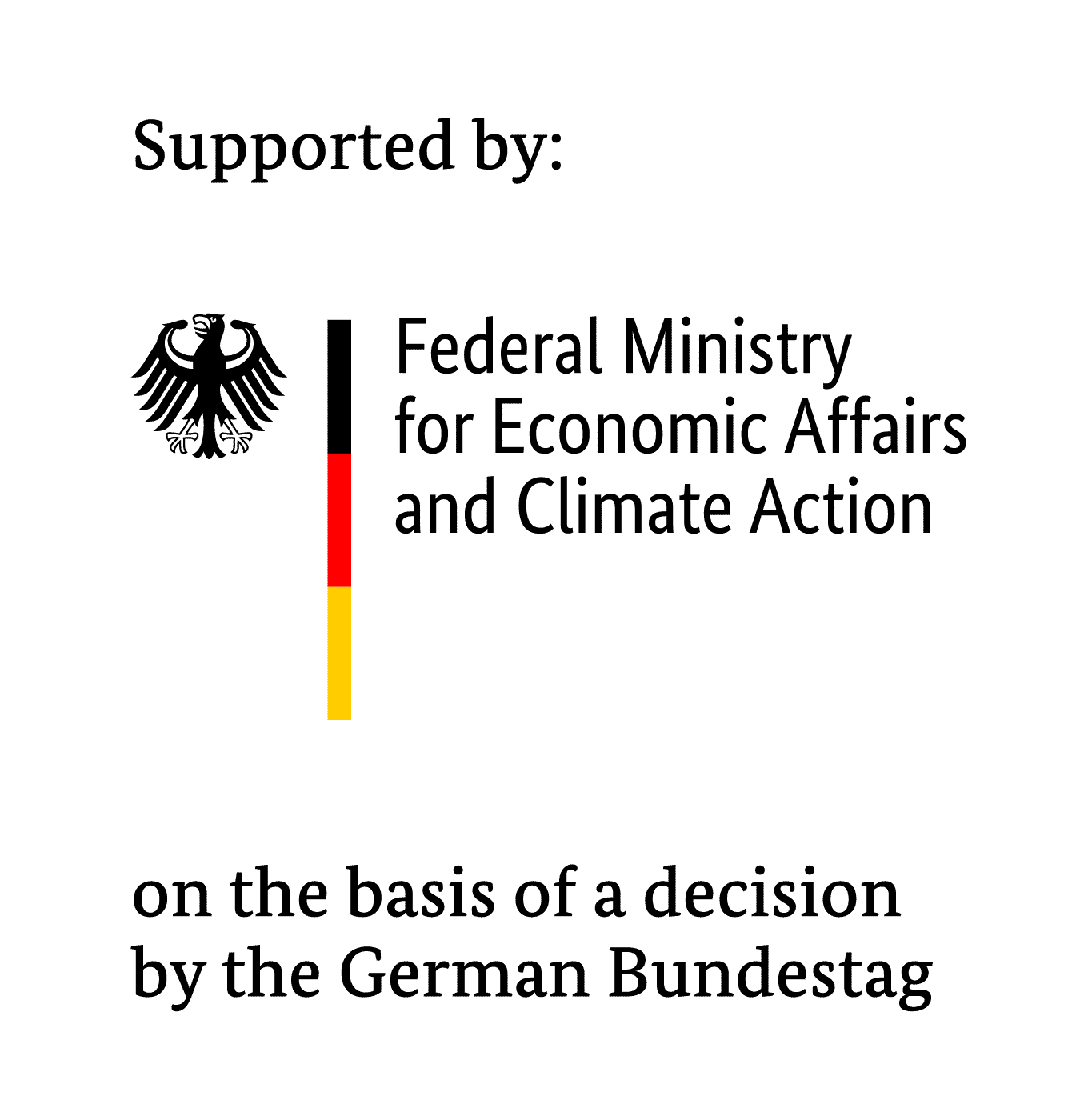Projectname:
Alternative coatings and surface systems and biomonitoring – interdisciplinary research on reduction of surface contamination and decrease of cleaning efforts in processing machines
Workgroup: Hygienic production
Spokesman of IVLV-Project Team: N. N.
Research Institution: Fraunhofer AVV, Dresden/TU Dresden
Scientific Guidance: Mr. M. Mauermann/Mrs. U. Eschenhagen
IGF: 14745BR
Financing: BMWi
Project Duration: 2006 – 2008
Aim of the project is a reduction of cleaning time, an extension of time between two cleaning cycles and an increase of process reliability in food processing due to the use of antiadhesive surface systems. Focus of the project is open surfaces of food processing machines.
To estimate the potential a comparative assessment of different commercial and newly developed antiadhesive surfaces regarding their soiling tendency and their cleanability in comparison to stainless steel is required. Therefore cleaning tests with different antiadhesive coatings and surfaces are carried out.
The cleaning tests are divided into four steps:
In cooperation with suppliers of surface systems different materials were chosen for testing and samples were prepared. For these systems the surface roughness and surface energy were determined.
In the next project step the cleaning tests are going to be carried out. The contamination and cleaning test rigs were designed and built.
The different surface systems were contaminated with ß-lactoglobuline, potato starch and cocoa butter. Furthermore the surfaces were incubated in suspensions with microorganisms (Saccheromyces cerevisiae, Pseudomonas fluorescence, spores of Bacillus subtilis). Different investigations to generate a reproducible contamination matrix have been done.
The non-microbial contamination is currently determined gravimetrically. For a more precisely determination the contaminations shall further determined by help of electronic image processing. Therefore the contamination matrices have to be labelled with a fluorescence stain. This labelling is done for
At appropriate light excitation and emission images of the contaminated samples are taken and analyzed by help of image processing.
In order to simulate industrial cleaning of open surfaces in processing machines a shower cleaning with a pressure of 3 – 20 bar is performed. As cleaning agent sodium hydroxide (2%) is used.
Apart from cleaning related surface properties the adhesive strength, the wear resistance, the scratch resistance, the pyramid diamond hardness, the wetability and the impact resistance are going to be analysed.
In cooperation with the members of the project team applications in food processing machines for antiadhesive surface systems have to be identified in a further step. Selected machine devices / units are going to be surface treated afterwards. In the proof of concept the cleaning effort for the conventional design will be compared with the cleaning effort of a surface modified design. In the summary general recommendations on the application of antiadhesive surface systems in food processing industry will be given.

The IGF project presented here by the Research Association of the Industrial Association for Food Technology and Packaging (IVLV e.V.) is funded by the Federal Ministry for Economic Affairs and Climate Action as part of the program for the promotion of industrial community research (IGF) based on a decision of the German Bundestag.